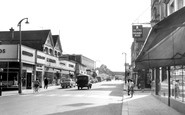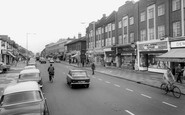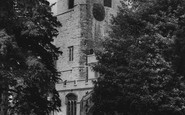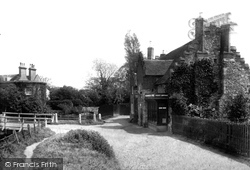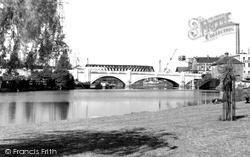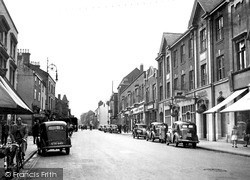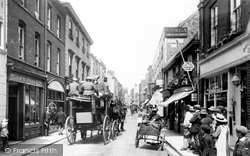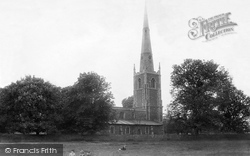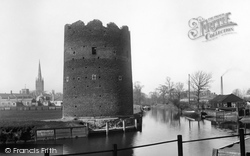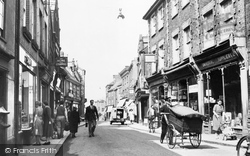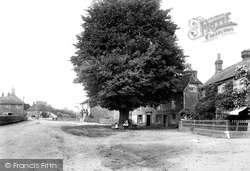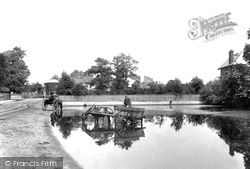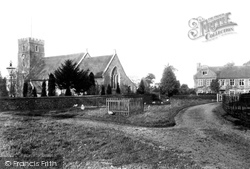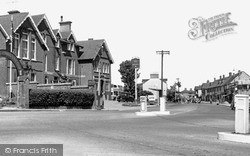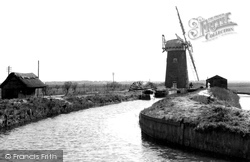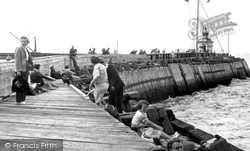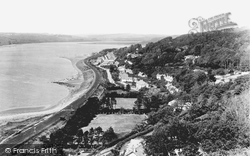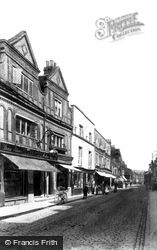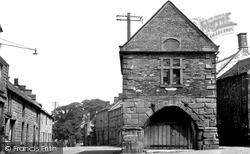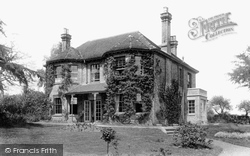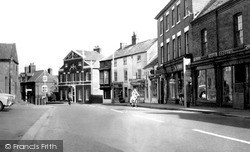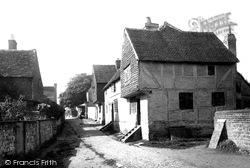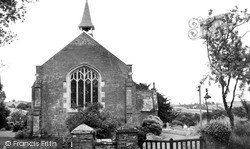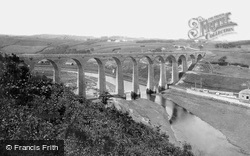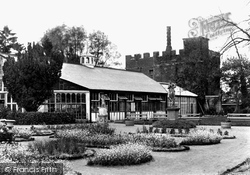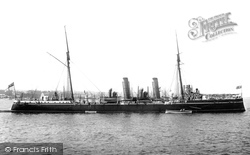Places
Sorry, no places were found that related to your search.
Photos
Sorry, no photos were found that related to your search.
Maps
Sorry, no maps were found that related to your search.
Books
Sorry, no books were found that related to your search.
Memories
655 memories found. Showing results 71 to 80.
Horfield Old Boys
Does any one remember me? My name is Robert Cox. I lived at 47 Sheridan Road right next to the lane that went down to the tip (now built on). I went to Upper Horfield School and I still remember my first day at the school in Miss ...Read more
A memory of Horfield in 1967 by
Hartington Youth Hostel In The 1960's
In the 1960's Hartington Youth Hostel was a big modern and clean place to stay - yet strangely it was in a beautiful old stone building up the hill from the village. I remember my visit in summer 1967: I was ...Read more
A memory of Hartington in 1967 by
Caerphilly
I used to live in Bartlett Street next to the bus station. My first job in Caerphilly was as a delivery driver for Harris & Ash DIY merchants, they were situated in a double fronted shop opposite the castle, although I came across a ...Read more
A memory of Caerphilly in 1966 by
High Street At Redhill
As a 16 year old, I was a boarder from Cartagena de Indias, Colombia at Saint Joseph's Convent, 122 Ladbroke Road. With me there were around 25 girls ranging from the ages of 4 to 17 years old and at least from 10 different ...Read more
A memory of Redhill in 1966 by
Stanwell In The 1960/1970's
I moved from Egham to Stanwell in 1966 when I was nearly 6 years old. I remember Clare Road shops having a christmas tree on each balcony, it looked like a magical fairy land making Christmas even more special. The ...Read more
A memory of Stanwell in 1966
My Lovely Streatham
I was born in Ferrers Rd (behind Ice Rink in Streatham). Moved to Kempshott Rd at beginning of the sixties, it was the road past the Pied Bull pub and South London Motors (a huge car sales place) was on the corner. Spent many a ...Read more
A memory of Streatham in 1966
Living In Everton 50s To 60s
I lived at 24 letterstone st from 1957 -68 it was pulled down under CPO my mum and were Bill and Elsie Kennedy I went to Heyworth st school 57 to 63 ~secondary school was Toxteth Tech god knows why me folks sent ...Read more
A memory of Everton in 1966 by
Mossford Garage
I started work at the age of 15 years as 'the boy', apprentice mechanic at Mossford garage. I remember going down the High Street to Pither's bakeries to get ham and cheese rolls, as well as pies for the mechanic's tea breaks. The ...Read more
A memory of Barkingside in 1965 by
Cooksons Leadworks Part 2
1965. During my time working here I carried out a number of different jobs, one was to make Zinc ingots, my shift would start with my furnace fired up and there next to it would be my "charge" this would be a pile of old ...Read more
A memory of Newburn in 1965 by
Morning Service At St Mary's In The 1960s
Like many young folks of the 1960s who grew up in Cheshunt churchgate area, when the time came to marry you almost always chose St Mary's as the place to have your wedding. It is a lovely old church. I also ...Read more
A memory of Cheshunt in 1965 by
Captions
405 captions found. Showing results 169 to 192.
On the banks of the Little Stour, whose waters flow peacefully under the bridge on the left, the small general stores and post office on the right served this little hidden village with its 18th- and 19th-century
This closer picture provides a clearer view of the power station operations.
The High Street (the A6 Leicester/Derby road) becomes Leicester Road as it runs south.
The red sandstone cliffs of East Devon break into the green and pastoral valley of the River Sid; Sidmouth lines the slopes of the gap.
The parish church of St Margaret is built from local brown cobbles. The tower has a fine spire divided by two decorative bands above the spire lights.
The tower was rebuilt in flint faced with brick in about 1390, at the time when the city took it over from the Cathedral Priory.
None of its brick buildings is outstanding yet the total effect is one of pleasing harmony. Many of the shops have retained their Victorian detailing.
The village name used to be spelt as two separate words - North Chapel. When the roads became negotiable, a brick-built toll house was constructed here.
This Thames-side town was once famed for its abbey, now almost entirely vanished; its stone was used for the building of Hampton Court.
This is the manorial core of Saling: the church and the hall. St James' dates from the 12th century, but its early details have been obscured by Victorianisation.
In the foreground stands the arch of the Conservative Club, with the solid brick-built Cambridge Hotel next door.The honey-pot style telegraph poles carry lines to the surrounding buildings.
Chilton Foliat is at the eastern extremity of the county, on the river Kennet. Here, a horse waits patiently outside the thatched pub for the return of his driver.
Here we see a typical Broadland brick tower drainage mill. It has four patent sails and a fantail, and drove a turbine pump.
The Gorleston Pavilion (left), always a popular venue with its dance hall and theatre, is hosting the summer show— The Revumorists.
The village stands on the east side of the Towy where the river breaks out to sea through a widespread expanse of sandbanks at low tide.
On the left of the cobbled High Street, notably devoid of any traffic, is Edward's Drug Store, which later passed to Boots. The building, in brick and stone, dates from the late 17th century.
The 17th-century Old Market House at Winster was the first property to be acquired by the National Trust in the Peak District, in 1906.
The old rectory, of warm red brick, with its tall chimneys and light-gathering broad bay windows has creeper running rampant all over it.
Remnants of the Earl of Leicester's castle which was destroyed in the early 13th century can still be seen in this rather dismal but interesting village.
Cobbles, brick, timber and tile - an enchanting corner of Bletchingley over one hundred years ago.
The church, up a lane on the north side of the village, is a haven from the busy A38 which passes through between Saltash and Liskeard.
The viaduct was originally erected for the Scarborough and Whitby Railway. The first brick was laid in 1882 and the first locomotive crossed the thirteen-arched viaduct in 1884.
Rye House 1904 The front aspect of the mid-15th-century red brick gatehouse of Rye House, the scene of the ill-fated 1683 Whig conspiracy to ambush Charles II as he returned to London from Newmarket
Laid down at Sheerness in 1895, engined by Clydebank, and completed in 1897, 'Pelorus' was the lead ship for a class on the Cape Station before transferring to the East Indies.
Places (0)
Photos (0)
Memories (655)
Books (0)
Maps (0)



